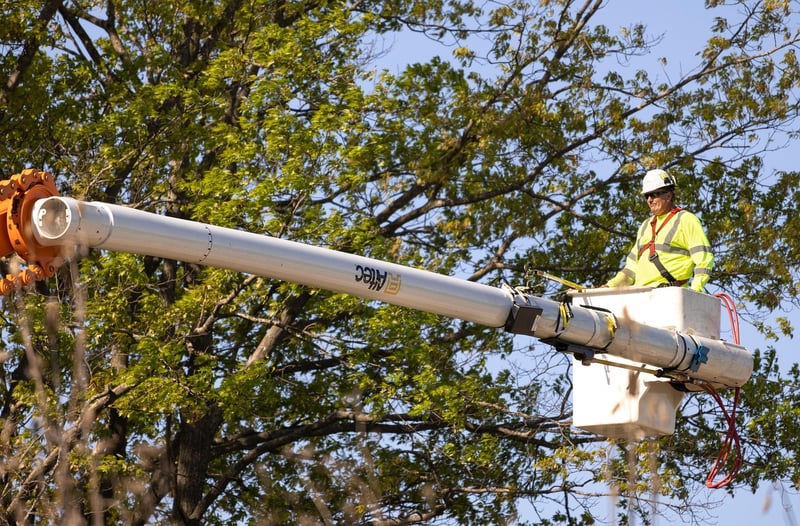Pruning Guidelines
Maintaining Healthy Plants: Pruning Guidelines
Proper pruning is a crucial aspect of plant care that not only enhances the aesthetic appeal of your green space but also promotes the overall health and growth of your plants. By following some simple guidelines, you can ensure that your plants remain healthy and thriving throughout the year.
Why Pruning is Important
Pruning helps remove dead or diseased branches, encourages new growth, improves air circulation, and shapes the plant for better structure. It also prevents overcrowding, which can lead to pest infestations and diseases.
When to Prune
The timing of pruning varies depending on the type of plant. In general, it's best to prune flowering plants right after they bloom, while dormant plants should be pruned in late winter or early spring before new growth begins.
Pruning Guidelines
- Use sharp, clean tools to make precise cuts and reduce the risk of infection.
- Remove dead, damaged, or diseased branches first, cutting at the base of the branch at a 45-degree angle.
- Thin out crowded areas to improve air circulation and sunlight penetration.
- Prune to shape the plant, but avoid removing more than one-third of the plant's total foliage at once.
- Step back periodically to assess your progress and ensure you're maintaining a balanced shape.
Benefits of Proper Pruning
When done correctly, pruning can result in increased flower production, healthier plants, and a more visually appealing garden. It also reduces the risk of disease by removing potential breeding grounds for pests and pathogens.
Conclusion
By following these pruning guidelines and staying attentive to your plants' needs, you can foster a thriving garden full of healthy, vibrant plants that will bring beauty and joy to your outdoor space.

For more plant care tips and gardening advice, visit www.gardening.com.
